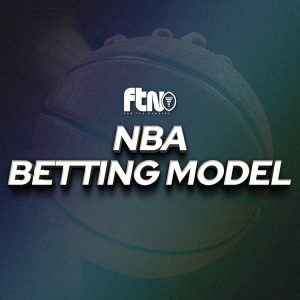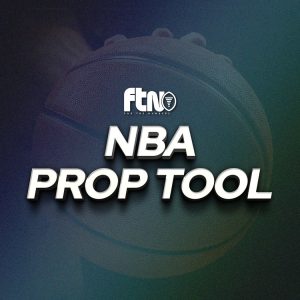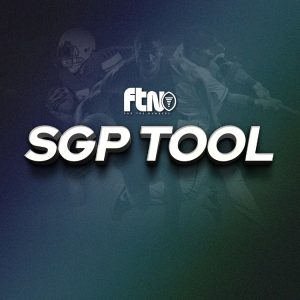
As much as Bryson DeChambeau has sought to prove that golf is a science, those of us attacking golf betting markets and guaranteed prize pools know how much variance goes into the game we all love. Where the true equation lies is accepting the randomness at hand and carving out an expectation for each golfer based on their long-term form. This is immensely valuable when it comes to daily fantasy, as we are not just looking to craft the best projected pre-tournament lineup, but also looking to beat each peer we compete against in every tournament entered.
Just last week, in DraftKings’ Rocket Mortgage Classic Millionaire Maker, user "joshhunter12693" won $1,000,000 with a single $20 entry, using the entire $50,000 salary. He was able to remain unique with less than 75% total ownership across his lineup, nailing all six picks inside the top 12, two of which were under 2% owned. But what I’m telling you is not groundbreaking news or insight you’ve never heard before. You’ve landed at this website for a reason, as you’re seeking new intel from a site busting onto the scene. And what I am looking to provide you with each week is something rarely shared before.
Today, we will preview one of the tools that I use each week to help tell a story on each golfer’s form and showcase how I use it to navigate my lineups. Continuing forward, I will offer a unique analytical look into a course-centric stat that should highlight low-owned golfers who are trending towards a big week. But it could also provide you with reasons to fade chalk players that might be in for a bit of a letdown.
Strokes Gained – Snapshot vs. Baseline
Since the pandemic hit, we’ve seen four weeks of PGA action and golfers have returned in a variety of forms. In addition to the short-term rises and falls we’ve seen, ownership has increased with golfers coming out scorching hot, but it has dropped off a cliff for those who showed cold weeks in succession. Most studies show it takes at least 100 rounds to normalize what a baseline should be, so this tool is primarily utilized to showcase how each golfer is playing in recent weeks relative to their long-term baseline. Across the industry, many golfers flying high with SG off the tee and approach in previous tournaments will be flocked to, as hot irons often mean more birdie attempts. At the same time, golfers who have more volatile SG around the green and putting numbers happened to draw more skepticism when the flat stick carried them to success. Below are screenshots showcasing which golfers have played the most above—and below—their 18-month baselines in SG ball striking (OTT + APP) and SG at green (ARG + SGP) in the four weeks since the PGA tour has returned:
.png)
*Largest ball striking (OTT + APP) increases in last four weeks (min. six rounds since restart)
This screenshot is often where you will find the week’s cheap chalk, as everyone looks to strike when the irons are hot. Look no further than Henrik Norlander, who is projected to be the top-owned golfer in the $6,000 price range and one who is littered throughout betting cards across the industry. I fully believe that golf can be a game of momentum and great weeks can roll over. However, when someone is gaining almost seven strokes more per tournament OTT + APP than their baseline, and also looks to be approaching double-digit ownership, they will be a hard pass on my end. Following suit are two interesting cases of golfers who had meteoric falls last season, in Justin Rose and Jordan Spieth. The concern for both of these golfers is whether or not their new ball striking numbers be more of the norm moving forward. Or is this a flash in the pan in comparison to what we have become accustomed to? Many credit Rose’s improved play to him ditching his Honma irons, andl he now ooks to be one of the week’s top-owned golfers. On the flip side, everyone still treads lightly when it comes to Spieth. Personally, I’d rather flip the switch and pass on the Rose bandwagon, while embracing Spieth’s volatility, as it looks to be coming in at single-digit ownership.
.png)
*Largest ball striking (OTT + APP) decreases in last four weeks (min. six rounds since restart)
When it comes to those on this list, my eyes are rarely gravitating to anyone in the $6,000 range. Those golfers are priced that way for a reason, with almost all having weak 18-month ball-striking baselines. What I look to target in this range are those who are normally very steady with the off the tee and approach games, hoping to be early on their return back to their average when the field is still too shy after being burned the previous month. In addition, due to the poor play, you’ll often find these golfers to be underpriced. Those on that list for me this week are Collin Morikawa, Scottie Scheffler and Chez Reavie.
.png)
*Largest strokes gained at green (ARG + SGP) increases in last four weeks (min. six rounds since restart)
A hot short game often wins tournaments, but predicting when these ticking time bombs blow up is a different story. This list is full of cheap golfers with a strong finish or two over the last month, but most long-term outlooks are negative ARG + SGP. We will spend time in the coming weeks highlighting different grass surfaces and speeds, looking to capitalize on golfers preferences. But most on this list will tend to be the ones I need reassurance on before plugging in my lineups. (You’ll all learn quickly that I am a Brooks Koepka Stan, and I have been pleasantly surprised to see a consistent putter from him. Coming out of quarantine, that was no sure thing. But it will be huge as he looks to regain his spot at the top of the game). There are four golfers on this list that also found themselves on the previous one, so I will keep a close eye on them this upcoming week. Those golfers are Gary Woodland, Nate Lashley, Cameron Davis and Austin Cook.
.png)
*Largest strokes gained at green (ARG + SGP) decreases in last four weeks (min. six rounds since restart)
As we all know well, there is nothing more frustrating in DFS than when your golfer misses a short putt. But learning to accept golfers SG at-green baselines can hopefully lead to smarter decisions on who we have to tilt when leaving a gimmie birdie a foot short. If I could have a preference on a golfer’s inconsistencies leading into a tournament, it would be rising ball striking and a falling short game. The dream would be to catch positive variance around—and on—the greens, while keeping the upward trajectory of ball striking. There are five golfers who fit that bill this week: Marc Leishman, Jordan Spieth, Russell Henley, Max Homa and Charl Schwartzel. The cherry on top is that Leishman is the only one of the group to have a positive 18-month baseline in both Ball Striking and SG At Green.
I hope you all enjoyed my first deep dive into what I will be providing weekly. I’m looking forward to watching back-to-back tournaments at Muirfield Village Golf Club. This one should be awesome, and I can’t wait to show you what’s in store for next week! Moving forward, this article will be only available via subscription, so I suggest you sign up now.

































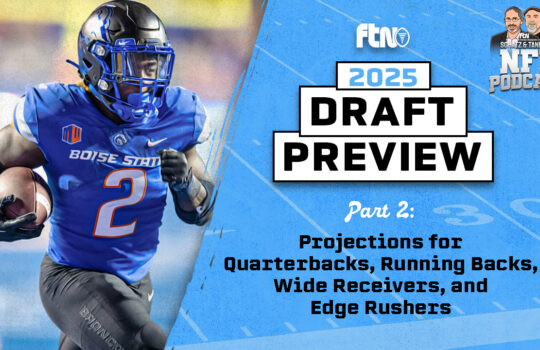
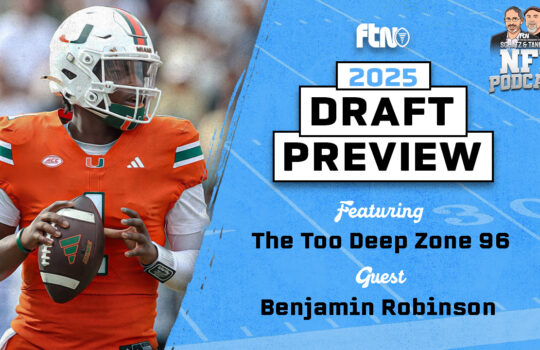







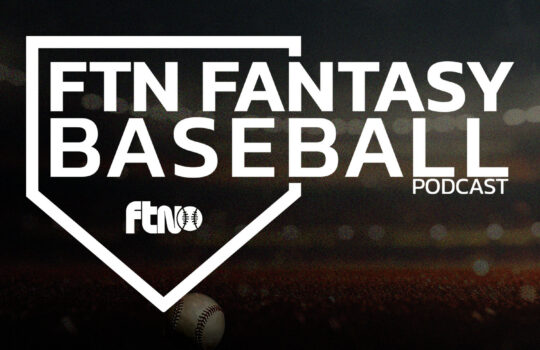

 New York Jets
New York Jets  New England Patriots
New England Patriots  Miami Dolphins
Miami Dolphins  Buffalo Bills
Buffalo Bills  Pittsburgh Steelers
Pittsburgh Steelers  Cleveland Browns
Cleveland Browns  Cincinnati Bengals
Cincinnati Bengals  Baltimore Ravens
Baltimore Ravens  Tennessee Titans
Tennessee Titans  Jacksonville Jaguars
Jacksonville Jaguars  Indianapolis Colts
Indianapolis Colts  Houston Texans
Houston Texans  Las Vegas Raiders
Las Vegas Raiders  Los Angeles Chargers
Los Angeles Chargers  Kansas City Chiefs
Kansas City Chiefs  Denver Broncos
Denver Broncos  Washington Commanders
Washington Commanders  Philadelphia Eagles
Philadelphia Eagles  New York Giants
New York Giants  Dallas Cowboys
Dallas Cowboys  Minnesota Vikings
Minnesota Vikings  Green Bay Packers
Green Bay Packers  Detroit Lions
Detroit Lions  Chicago Bears
Chicago Bears  Tampa Bay Buccaneers
Tampa Bay Buccaneers  New Orleans Saints
New Orleans Saints  Carolina Panthers
Carolina Panthers  Atlanta Falcons
Atlanta Falcons  San Francisco 49ers
San Francisco 49ers  Seattle Seahawks
Seattle Seahawks  Los Angeles Rams
Los Angeles Rams  Arizona Cardinals
Arizona Cardinals 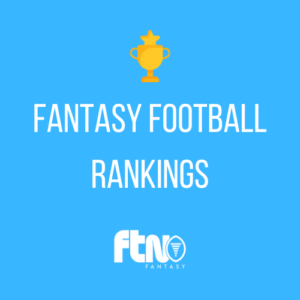
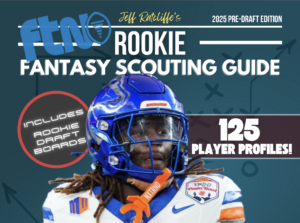
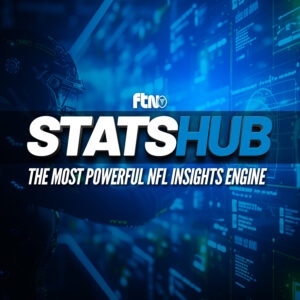
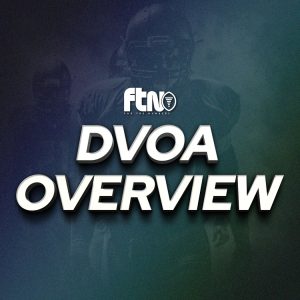
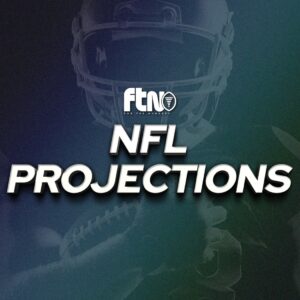


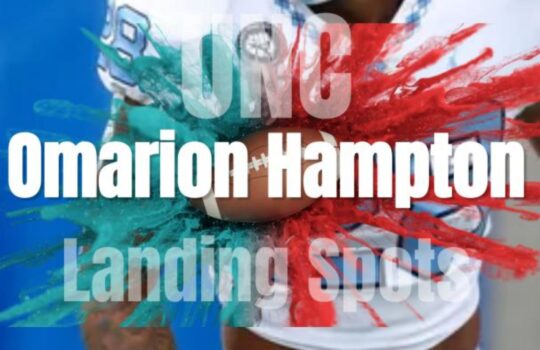

 Boston Celtics
Boston Celtics  Brooklyn Nets
Brooklyn Nets  Philadelphia 76ers
Philadelphia 76ers  New York Knicks
New York Knicks  Toronto Raptors
Toronto Raptors  Chicago Bulls
Chicago Bulls  Detroit Pistons
Detroit Pistons  Milwaukee Bucks
Milwaukee Bucks  Cleveland Cavaliers
Cleveland Cavaliers  Indiana Pacers
Indiana Pacers  Orlando Magic
Orlando Magic  Atlanta Hawks
Atlanta Hawks  Charlotte Hornets
Charlotte Hornets  Miami Heat
Miami Heat  Washington Wizards
Washington Wizards  Denver Nuggets
Denver Nuggets  Minnesota Timberwolves
Minnesota Timberwolves  Oklahoma City Thunder
Oklahoma City Thunder  Portland Trail Blazers
Portland Trail Blazers  Utah Jazz
Utah Jazz  LA Clippers
LA Clippers  Golden State Warriors
Golden State Warriors  Los Angeles Lakers
Los Angeles Lakers  Phoenix Suns
Phoenix Suns  Sacramento Kings
Sacramento Kings  Dallas Mavericks
Dallas Mavericks  Houston Rockets
Houston Rockets  Memphis Grizzlies
Memphis Grizzlies  New Orleans Pelicans
New Orleans Pelicans  San Antonio Spurs
San Antonio Spurs 

